Rising Investment in R&D
The photonic integrated-circuit market in Germany is experiencing a surge in research and development (R&D) investments. This trend is driven by both public and private sectors aiming to enhance technological capabilities. In 2025, R&D spending in the photonics sector is projected to reach approximately €1.5 billion, reflecting a growth of 10% from the previous year. This influx of capital is likely to foster innovation, leading to the development of advanced photonic devices and systems. As a result, companies are better positioned to meet the increasing demand for high-speed data transmission and efficient energy consumption. The emphasis on R&D not only strengthens the competitive landscape but also contributes to the overall growth of the photonic integrated-circuit market, positioning Germany as a leader in photonic technologies.
Expansion of Data Centers
The rapid expansion of data centers across Germany is significantly impacting the photonic integrated-circuit market. With the increasing reliance on cloud computing and big data analytics, the demand for high-performance computing solutions is on the rise. In 2025, the number of data centers in Germany is expected to increase by 15%, necessitating advanced photonic integrated circuits for efficient data processing and transmission. These circuits are essential for managing the high bandwidth requirements and low latency demands of modern data centers. Consequently, this expansion is likely to drive investments in photonic technologies, thereby enhancing the capabilities of the photonic integrated-circuit market. The integration of photonic circuits into data center infrastructure may lead to improved energy efficiency and reduced operational costs, further solidifying their role in the digital economy.
Increased Focus on Energy Efficiency
Energy efficiency is becoming a critical focus in various industries, including telecommunications and manufacturing, which is positively influencing the photonic integrated-circuit market. In Germany, companies are increasingly seeking solutions that reduce energy consumption while maintaining high performance. Photonic integrated circuits offer a promising alternative due to their lower energy requirements compared to traditional electronic circuits. In 2025, it is estimated that the adoption of these circuits could lead to energy savings of up to 30% in specific applications. This emphasis on sustainability aligns with Germany's broader environmental goals, potentially driving further investments in photonic technologies. As industries strive to meet regulatory standards and consumer expectations for energy-efficient solutions, the photonic integrated-circuit market is likely to benefit from this growing trend.
Collaboration Between Industry and Academia
Collaboration between industry and academic institutions in Germany is fostering innovation within the photonic integrated-circuit market. Universities and research centers are increasingly partnering with companies to develop cutting-edge photonic technologies. In 2025, it is anticipated that such collaborations will result in the establishment of at least 10 new research initiatives focused on photonics. These partnerships are crucial for translating theoretical research into practical applications, thereby accelerating the commercialization of new technologies. The synergy between academia and industry not only enhances the skill set of the workforce but also drives the development of novel photonic integrated circuits. This collaborative approach is likely to strengthen Germany's position in the global photonics landscape, contributing to the overall growth of the market.
Growing Adoption in Automotive Applications
The automotive sector in Germany is increasingly adopting photonic integrated circuits, driven by the need for advanced driver-assistance systems (ADAS) and autonomous vehicles. In 2025, the automotive industry is projected to invest over €500 million in photonic technologies, reflecting a growing recognition of their potential to enhance vehicle safety and performance. Photonic integrated circuits enable high-speed data processing and communication between various vehicle systems, which is crucial for the development of smart vehicles. This trend indicates a shift towards more sophisticated automotive technologies, where photonics plays a pivotal role. As the automotive sector continues to evolve, the demand for photonic integrated circuits is likely to grow, thereby contributing to the overall expansion of the market.

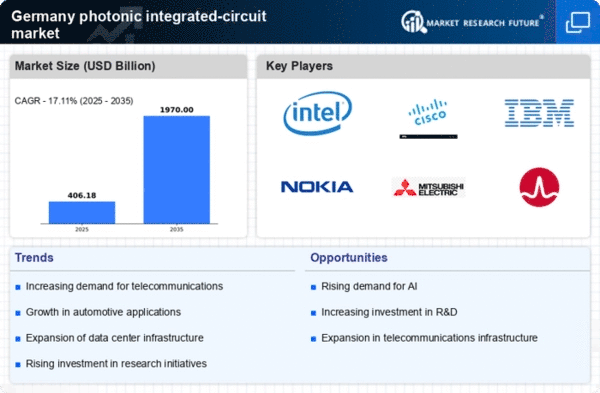
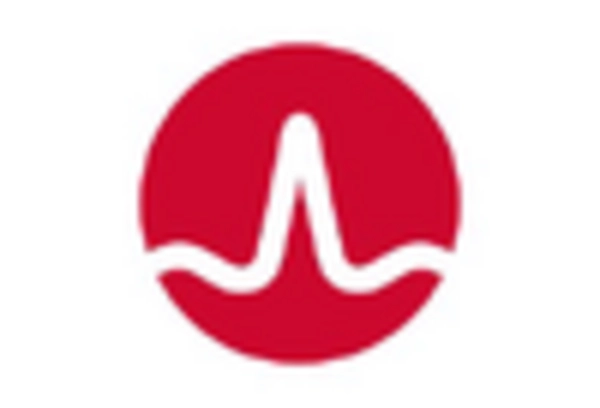

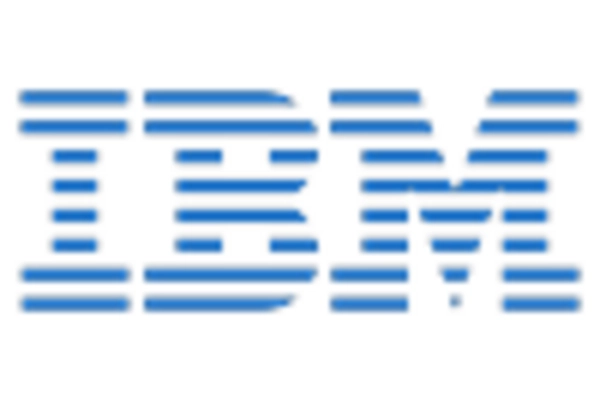
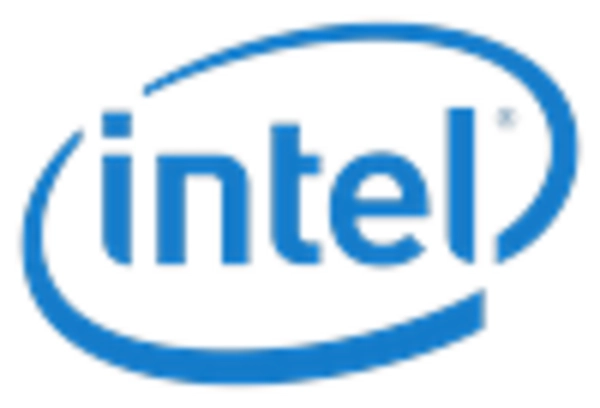
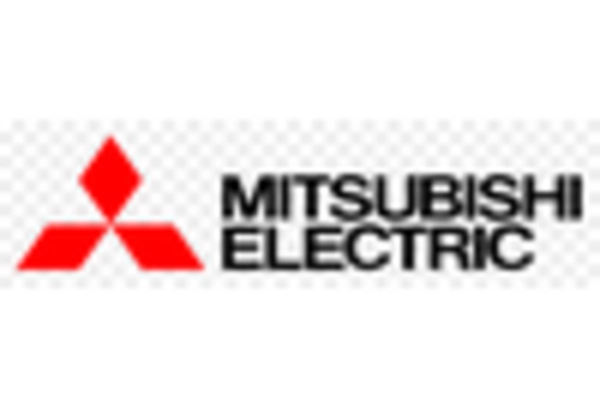
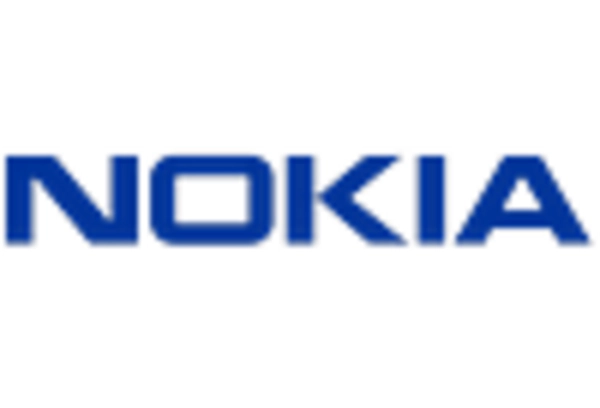








Leave a Comment